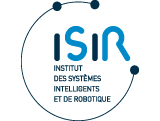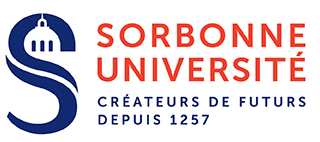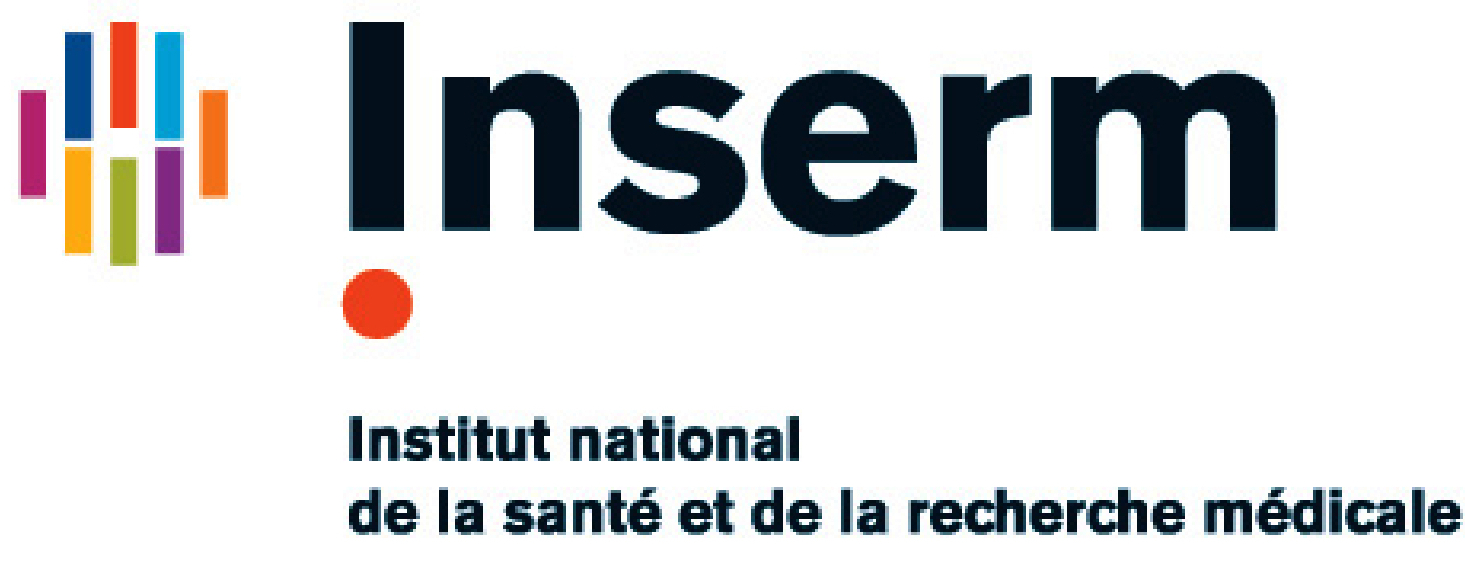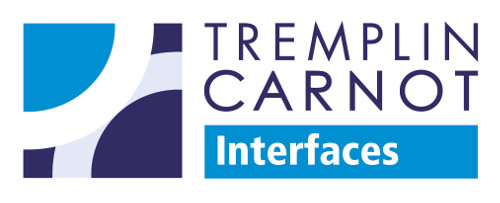A voir également
- Short Bio
- Publications -----------------------------
- PhD dissertation abstract
- Video
PhD dissertation abstract

Title : PhD Student
No longer in the unit
Upper limb exoskeleton control for neurorehabilitation
Abstract
Robotics systems were introduced in the field of neurorehabilitation in the seventies. If the first systems used for the upper limb were manipulanda, exoskeletons have been used for several years. Indeed, contrary to manipulanda which interact only with the end point of the arm -the hand-, exoskeletons structures are able to guide or correct a complete movement of the upper limb at the joint level. This interaction at several contact points and the addressing of the entire movement of the limb are particularly relevant in neurorehabilitation. Physical therapists and neuroscientists have thus shown that it could be interesting to work at the joint level and to practice joint coordinations [Levin, 1996; Roby-Brami et al., 2003] -also called synergies [Bernstein, 1967]. However existing exoskeletons do not take advantage of these particular interaction abilities and often use only classical robotics control laws. Moreover, preserving the patient motion intention is crucial in that kind of rehabilitation. Then classical robotic controls, such as trajectory control, are often insufficient in this case.
In this thesis we address the problem of exoskeleton control applied to neurorehabilitation. We propose two different control methods usable for different rehabilitation stages and based on physical human-robot interaction and motion analysis.

Figure 1 : ABLE exoskeleton [Garrec et al., 2008] and passive fixation mechanisms [Jarrasse et al., 2009].
The first method deals with the particular problem of exoskeleton structures : the multiple interaction points and the misalignment of the human and robot joints introduce hyperstaticity between the robot and the human limb [Jarrasse et al., 2009]. This leads to a non direct concordance between the human limb trajectory and the exoskeleton one. A particular method allowing to compute a compatible trajectory of the system for a given human limb trajectory is thus proposed. During the first stage of rehabilitation, this kind of trajectory control allows to achieve properly passive mobilizations of a patient limb.
In a second part, we address more specifically the problem of joint coordinations or synergies. The aim of the second control method is to correct the patient's pathological synergies as a physical therapist usually does during the next stages of rehabilitation. Indeed, post-stroke patients often exhibit pathological joint coordinations -overuse of the shoulder abduction for instance. Some therapeutic methods have demonstrated the importance to correct these ones to improve recovery. We are proposing a controller which acts only on joint coordination without imposing any hand movement, thus preserving the patient intention. It has been developed as a viscous field whose characteristics are obtained from movements analysis using principal components analysis (see Equ. 1 and Fig. 2).

Equation 1 : Proposed control torque to impose a specific coordination pattern.

Figure 2 : Representation of applied torques for a constraint C of dimension 1x2.
These two methods have been implemented on the ABLE 4-DoF exoskeleton [Garrec et al., 2008] (see Fig. 1) and tested with healthy subjects (see Fig. 3). The results show the ability of the proposed strategies to be used in human interaction. Thus, experiments with hemiparetic patients have been realized in collaboration with the Raymond-Poincaré Hospital (Garches, France) (see Fig. 4). Firstly the system was able to carry out passive mobilization of patient limbs and secondly to impose, then correcting, upper limb joint coordinations without imposing the hand trajectory.

Figure 3 : Healthy subject making pointing movements without and with ABLE exoskeleton.

Figure 4 : Hemiparetic subject during experiments.






